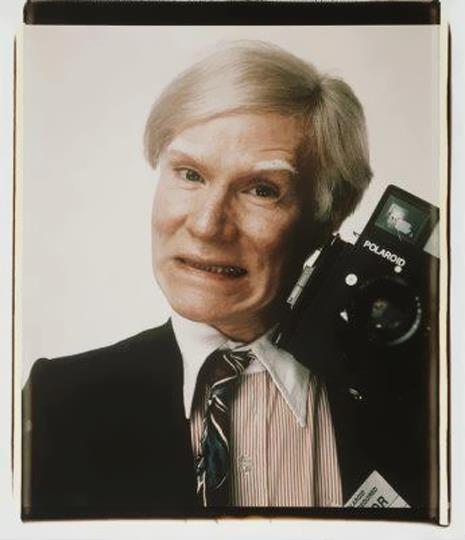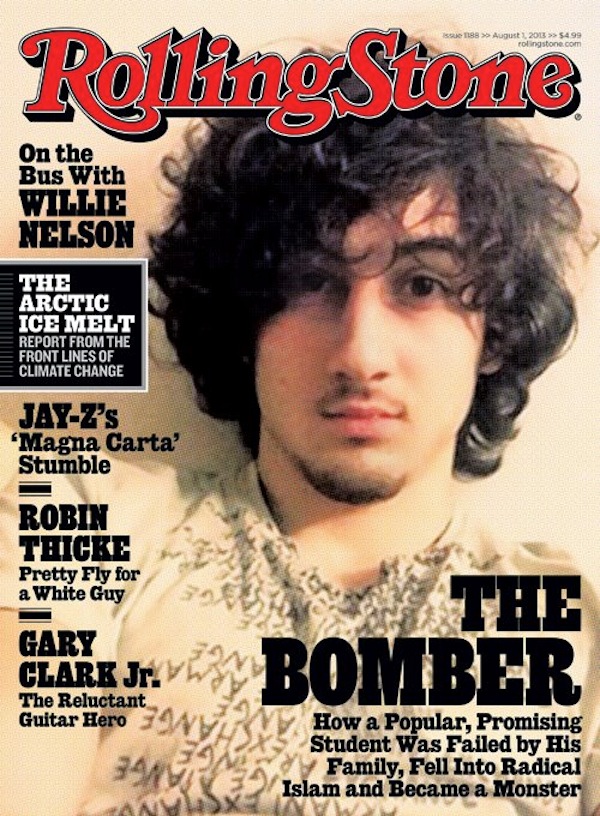Oh sure, we’ll all be famous for 15 minutes in the future–and the future is now–but it will never be enough, never be more than a fleeting illusion. Changes in technology gave us the selfie, but why did we accept it? It might seem like it makes the world more egalitarian, like every one is a star, but it mostly just distracts from true inequities. From Elizabeth Day’s Guardian piece about the rise of the selfie:
“Although photographic self-portraits have been around since 1839, when daguerreotype pioneer Robert Cornelius took a picture of himself outside his family’s store in Philadelphia (whether he had the help of an assistant is not known), it was not until the invention of the compact digital camera that the selfie boomed in popularity. There was some experimentation with the selfie in the 1970s – most notably by Andy Warhol – when the Polaroid camera came of age and freed amateur photographers from the tyranny of the darkroom. But film was expensive and it wasn’t until the advent of digital that photographs became truly instantaneous.
The fact that we no longer had to traipse to our local chemist to develop a roll of holiday snaps encouraged us to experiment – after all, on a digital camera, the image could be easily deleted if we didn’t like the results. A selfie could be done with the timer button or simply by holding the camera at arm’s length, if you didn’t mind the looming tunnel of flesh dog-earing one corner of the image.
As a result, images tagged as #selfie began appearing on the photo-sharing website Flickr as early as 2004. But it was the introduction of smartphones – most crucially the iPhone 4, which came along in 2010 with a front-facing camera – that made the selfie go viral. According to the latest annual Ofcom communications report, 60% of UK mobile phone users now own a smartphone and a recent survey of more than 800 teenagers by the Pew Research Centre in America found that 91% posted photos of themselves online – up from 79% in 2006.
Recently, the Chinese manufacturer Huawei unveiled plans for a new smartphone with ‘instant facial beauty support’ software which reduces wrinkles and blends skin tone.”
Tags: Elizabeth Day


